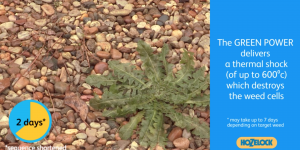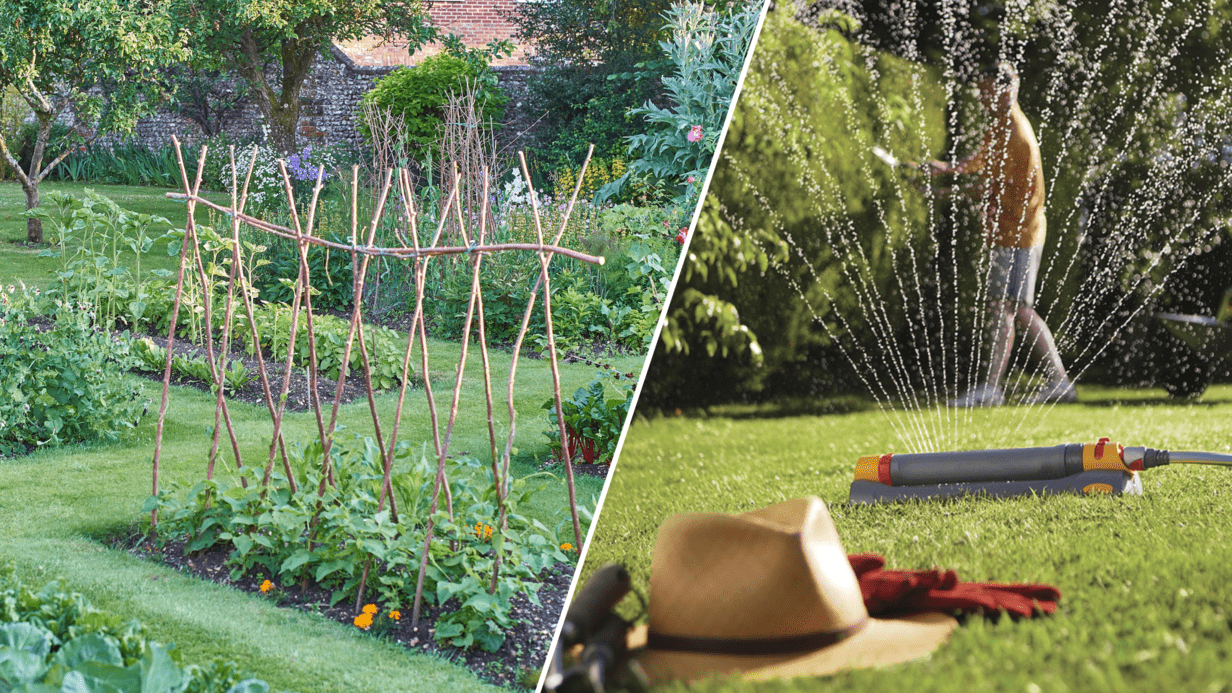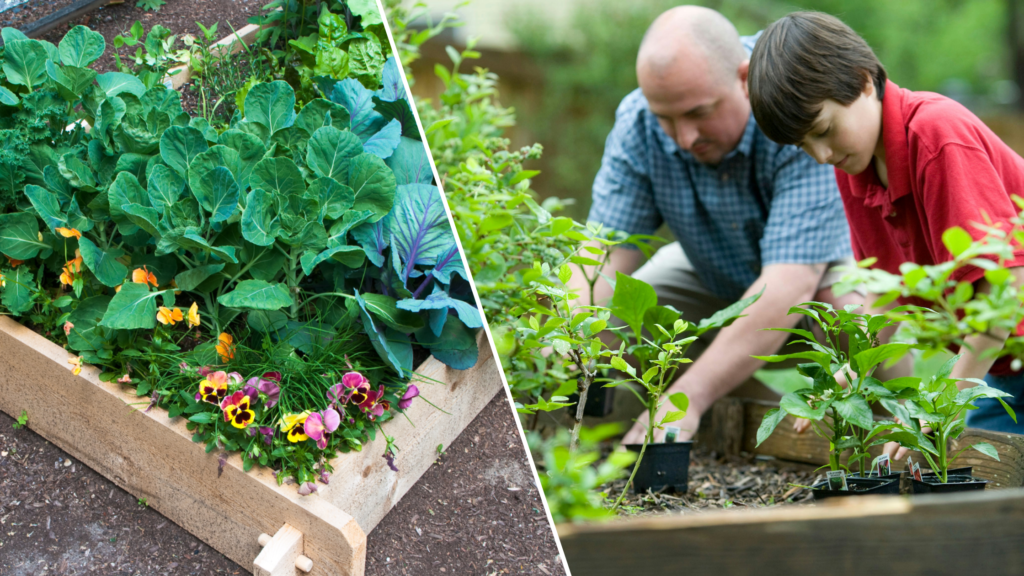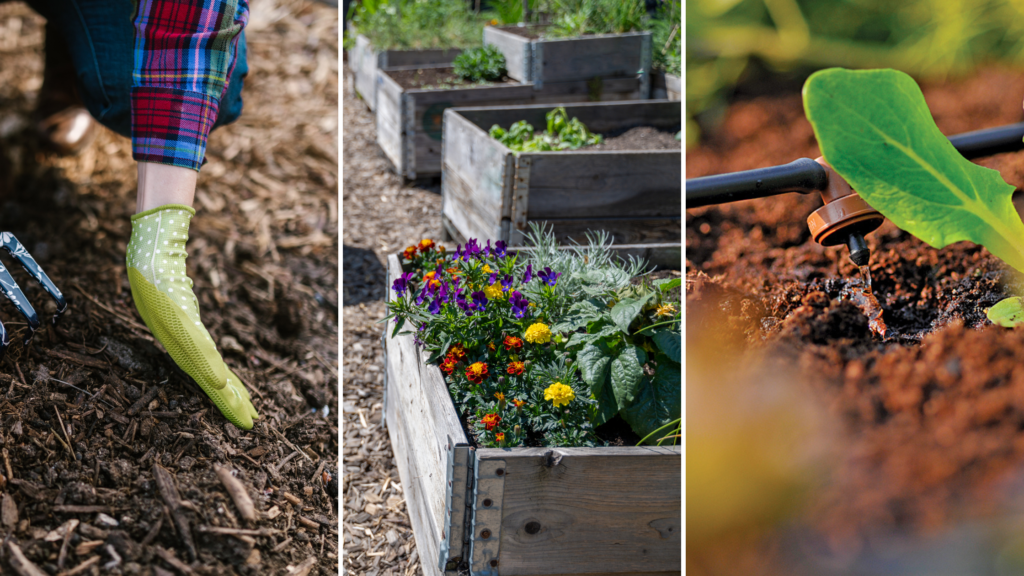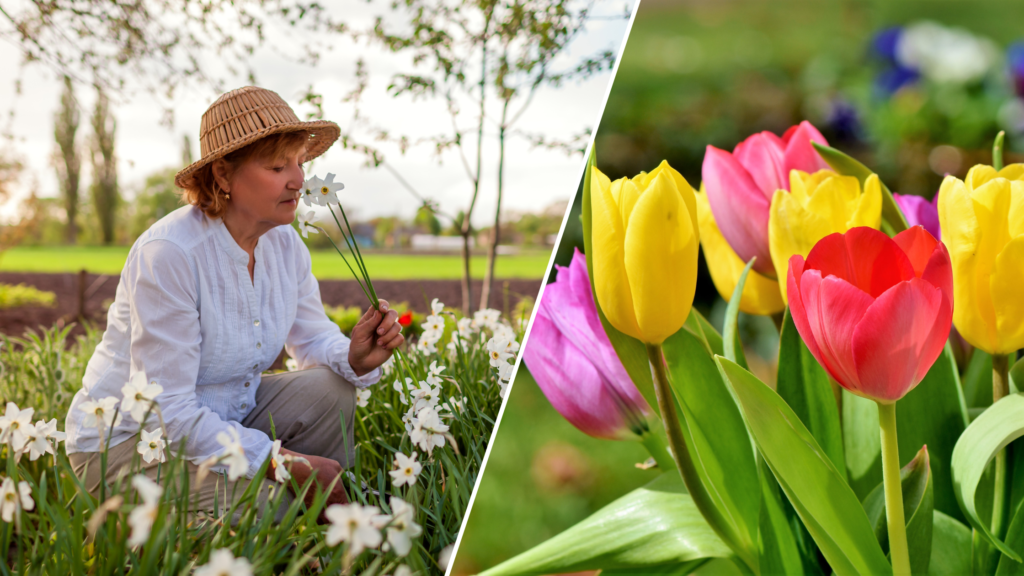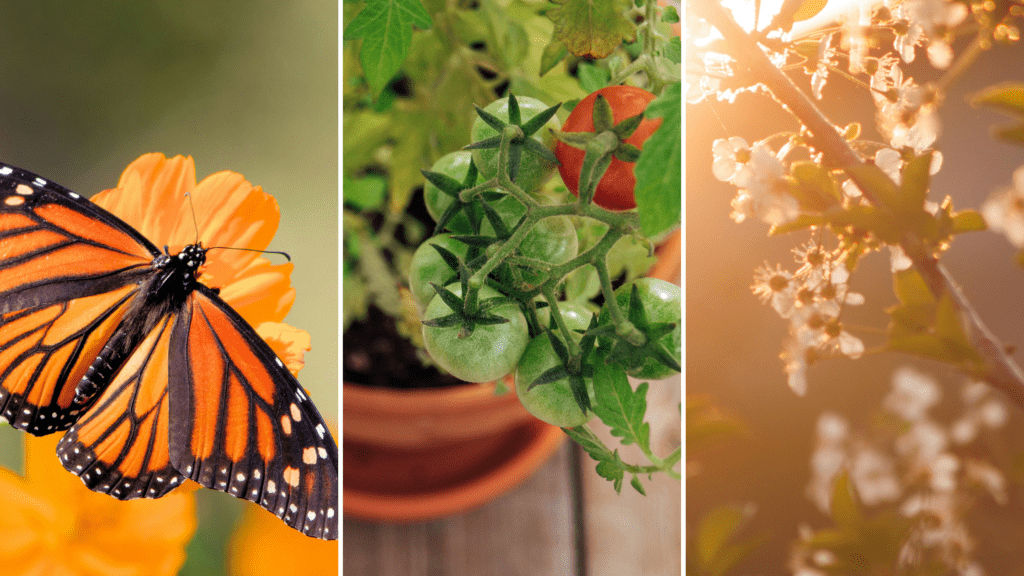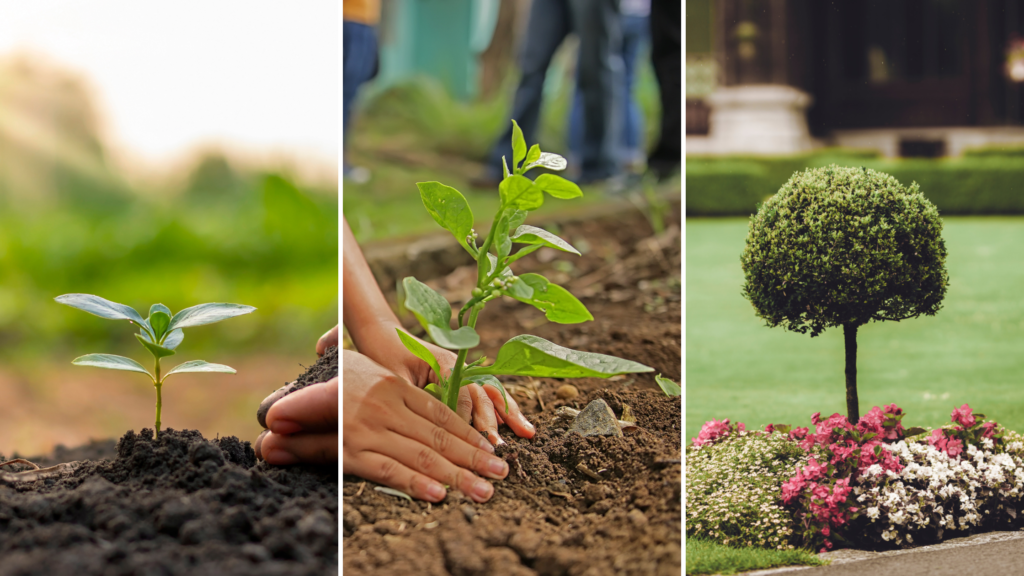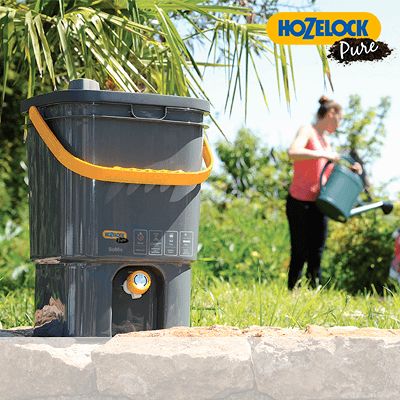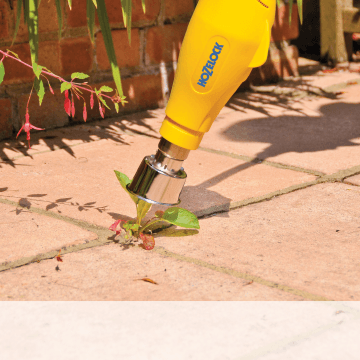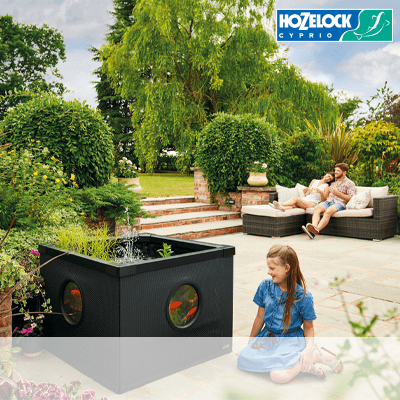Wanting to start your own vegetable garden but you just don’t know where to start?
Planning a vegetable garden is an exciting and rewarding endeavour, providing you with fresh, home-grown produce and the satisfaction of nurturing your plants from seed to harvest.
Whether you’re a seasoned gardener or a beginner, this guide will help you plan and maintain a thriving vegetable garden.
Step 1: Choose the Right Location
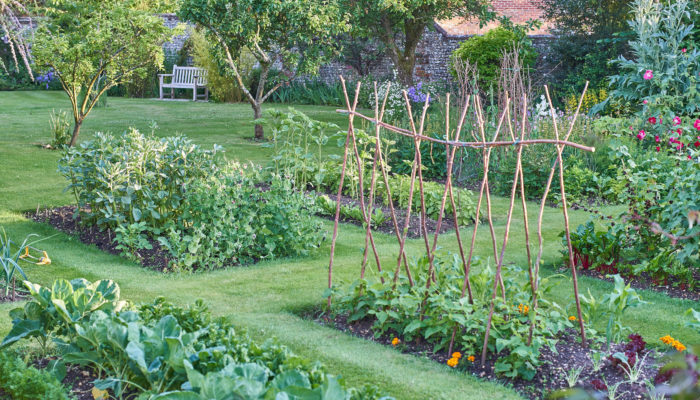
The success of your vegetable garden starts with choosing the right location.
Vegetables need plenty of sunlight, so select a spot that receives at least 6-8 hours of direct sunlight each day.
Soil Quality:
Choose a location with well-draining soil rich in organic matter.
Sunlight:
Ensure your garden gets ample sunlight.
Water Access:
Position your garden near a water source for easy irrigation.
Step 2: Plan Your Garden Layout
Planning your garden layout helps maximise space and improve plant health.
Consider using raised beds or containers if you have limited space or poor soil quality.
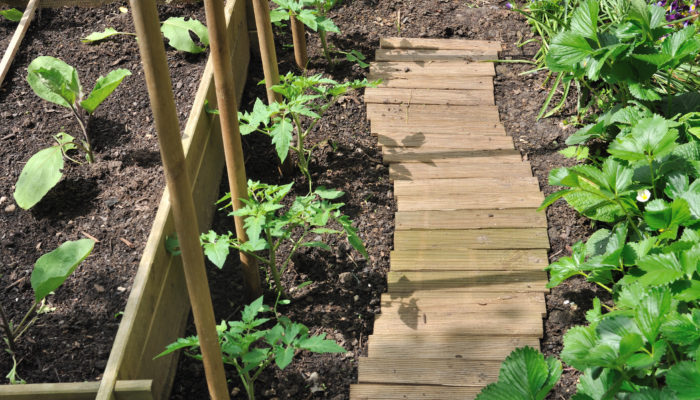
Row Planting:
Ideal for larger gardens, making it easy to walk between rows.
Companion Planting:
Plant vegetables that benefit each other when grown together, such as tomatoes with basil or carrots with onions.
Square Foot Gardening:
Efficient use of space, ideal for small gardens.
Step 3: Select Your Vegetables
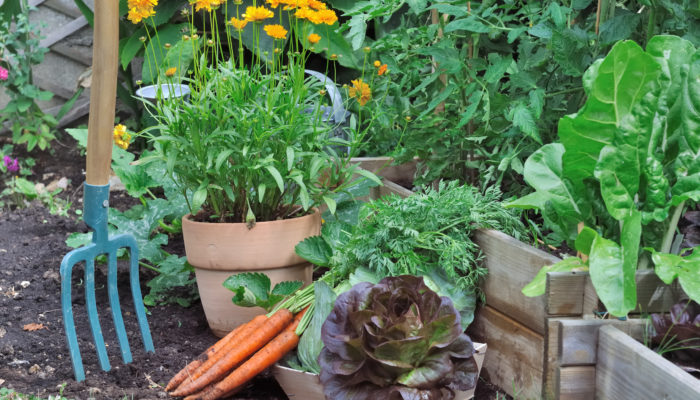
Choose vegetables that you and your family enjoy eating.
Consider the growing season and the space each plant will need. Here are some popular choices:
Leafy Greens:
- Lettuce
- Spinach
- Kale
Root Vegetables:
- Carrots
- Beets
- Radishes
Fruit Vegetables:
- Tomatoes
- Peppers
- Cucumbers
Legumes:
- Beans
- Peas
- Lentils
Step 4: Prepare the Soil
Healthy soil is the foundation of a productive vegetable garden.
Test your soil to determine its pH and nutrient levels and amend it accordingly.
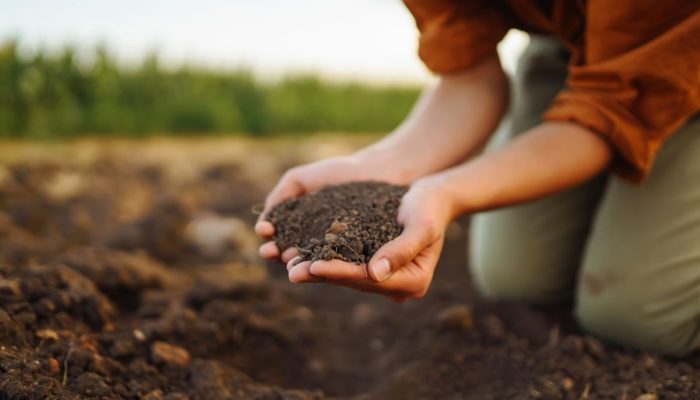
Mulching:
Use mulch to retain moisture and suppress weeds.
Composting:
Add compost to enrich the soil with organic matter.
Hozelock’s Bokashi Pure Kitchen Composter or EasyMix 2-in-1 Composter would be perfect for providing you with the required nutrient-filled produce.
Fertilising:
Use organic fertilisers to provide essential nutrients.
Step 5: Planting Your Vegetables
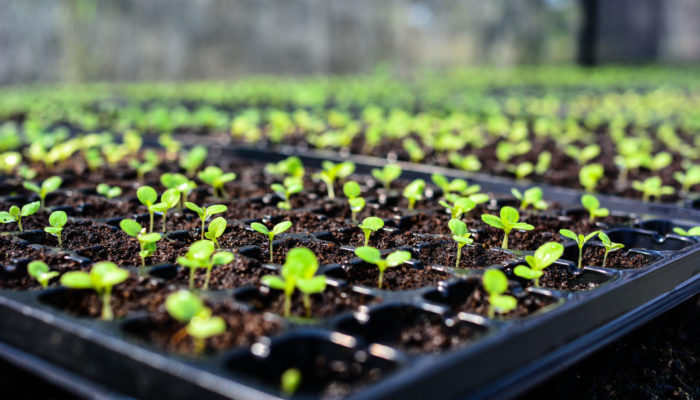
Timing is crucial when planting your vegetables.
Follow the seed packet instructions for the best planting times and depths.
Seedlings vs. Seeds:
Decide whether to start from seeds or use young plants.
Watering:
Water thoroughly after planting to help roots establish.
Hozelock provides an entire range of Garden Hoses for help with watering. Be sure to check them out!
Spacing:
Ensure proper spacing between plants to prevent overcrowding.
Step 6: Irrigation and Watering
Consistent watering is vital for vegetable growth.
Consider installing an irrigation system to simplify the process and ensure your plants receive the right amount of water.
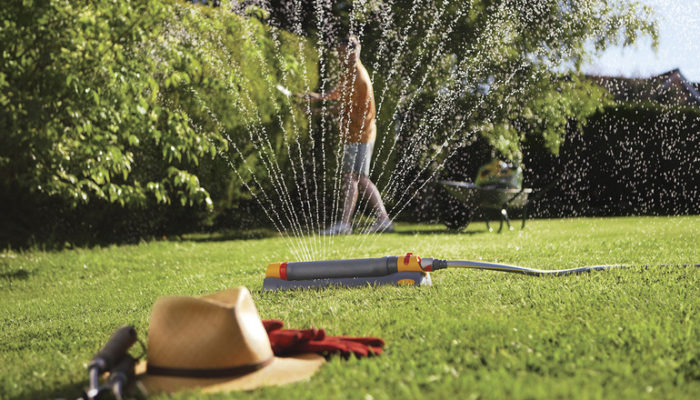
Sprinkler Systems:
Ideal for larger gardens, providing even coverage and no patchiness.
Drip Irrigation:
Delivers water directly to the plant roots, reducing water waste in your vegetable garden.
Soaker Hoses:
Efficient for watering rows of plants and creating a time-saving watering system.
Step 7: Pest and Disease Management
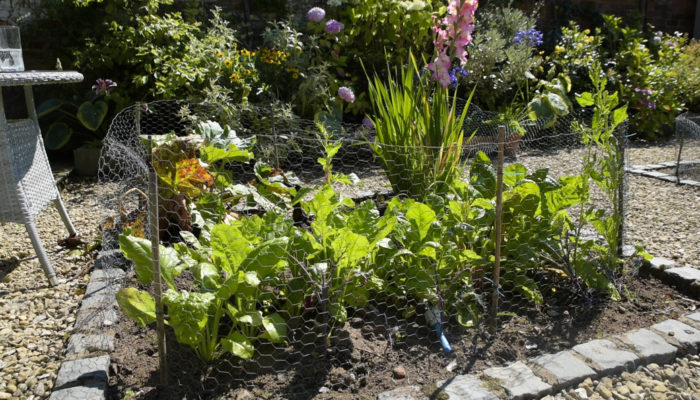
Protect your vegetable garden from pests and diseases to ensure a healthy harvest.
Regularly inspect your plants and use natural methods to control pests.
Companion Planting:
Use plants like Marigolds, Lavender, Basil, and Chrysanthemums to repel pests.
Physical Barriers:
Use nets and row covers to protect plants.
Organic Pesticides:
Use eco-friendly options to control pests without harming beneficial insects.
Step 8: Harvesting and Enjoying
Finally, enjoy the fruits (and vegetables) of your labour.
Harvest your crops at their peak ripeness for the best flavour and nutrition.
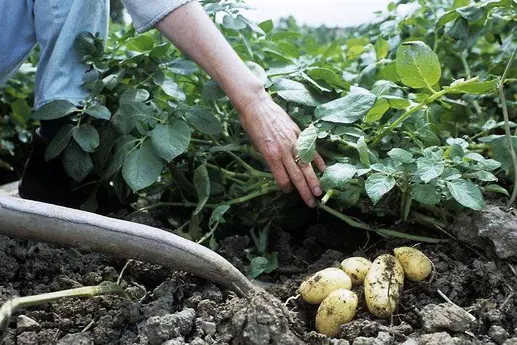
Timing:
Pick vegetables when they are ripe and tender.
Storage:
Store harvested vegetables properly to maintain freshness.
Tools:
Use clean, sharp tools to avoid damaging plants.
Planning and maintaining a vegetable garden is a fulfilling process that offers delicious rewards. By following these steps, you can create a productive and enjoyable vegetable garden.
Be sure to tag us on social media so that we can follow your Vegetable Garden journey.







